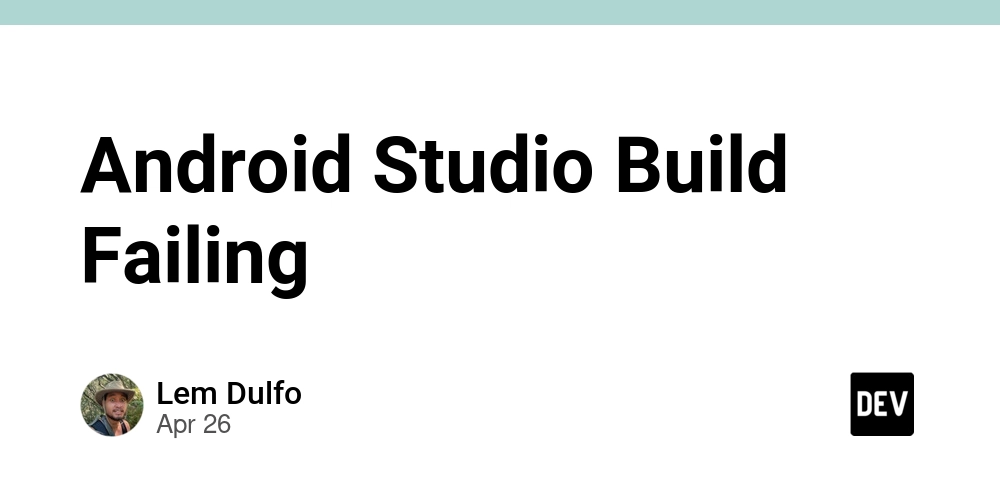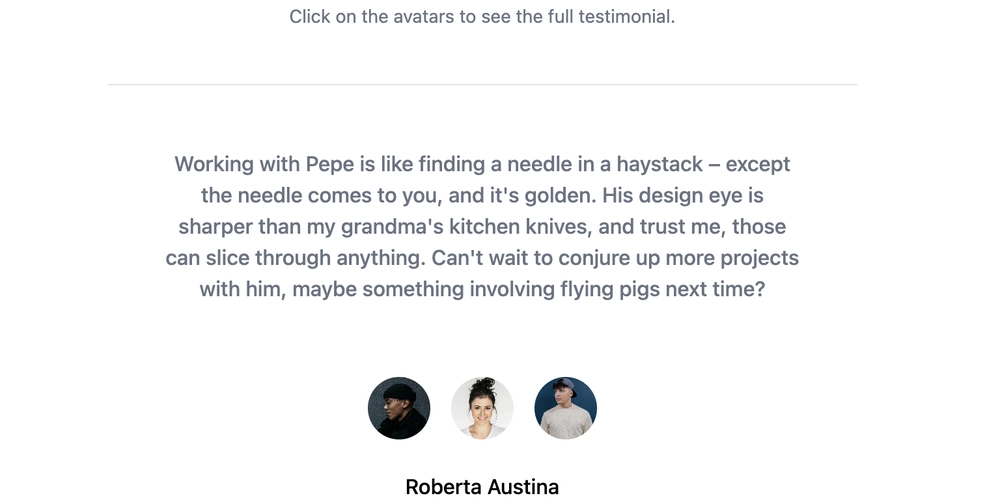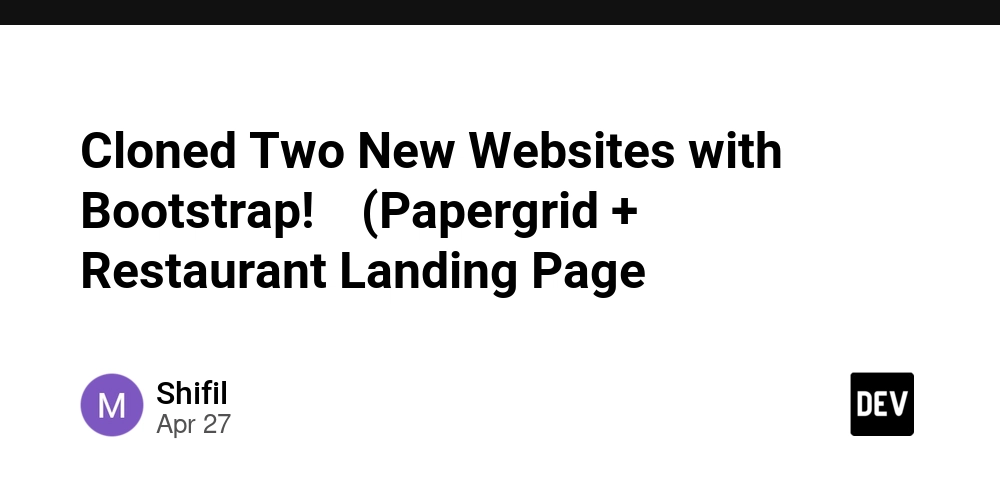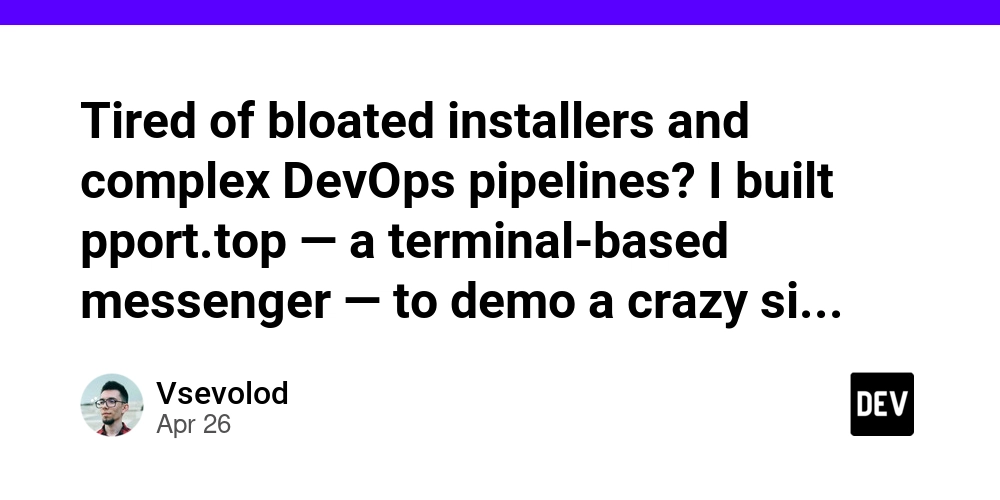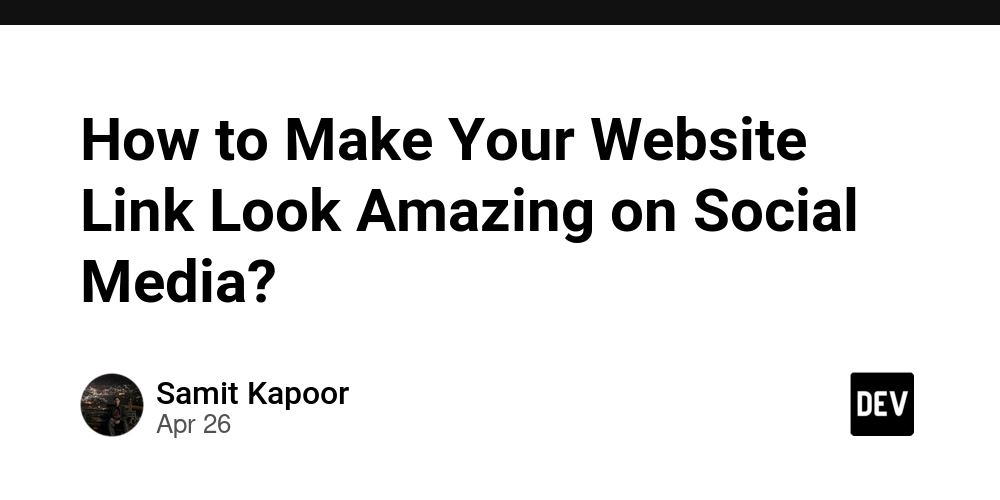
Build a Powerful AI Team: A Step-by-Step Guide to Google ADK and Multi-Agent Systems
Want to create a team of AI agents that can analyze trends and automate tasks? This guide shows you how to build a sequential agent pipeline using Google's Agent Development Kit (ADK) and cutting-edge LLMs. Learn how to integrate tools like Tavily, Exa, and Firecrawl with powerful models like Meta Llama and Nemotron Ultra for a surprisingly fast and efficient workflow.
Unlock the Power of Google's Agent Development Kit (ADK)
Google's ADK is a flexible framework for building real-world AI agents. Designed for creating scalable agent workflows, the ADK allows developers to create, deploy, and orchestrate agent workflows. The ADK is model-agnostic and plays well with third-party tools.
Benefits of Using ADK:
- Modular architecture: Gain fine-grained control over agent behavior.
- Model flexibility: Integrate with Gemini through Vertex AI, or other LLMs via LiteLLM.
- Easy Integration: Access a rich set of tools and connectors for seamless system integration.
Tools for Your AI Agent Team
A powerful agent team requires specialized tools:
- Nebius AI Studio: An efficient platform for deploying and scaling AI applications including the deployment of open-source LLMs like Llama 3.1 and Nemotron Ultra 253B.
- Meta Llama 3.1: Meta's LLM is optimized for multilingual dialogue and tasks like text generation and summarization, with comprehensive tool-calling capabilities.
- Nemotron Ultra 253B v1: NVIDIA's LLM excels in advanced reasoning, human chat, RAG, and tool calling tasks. It is suited for applications needing complex reasoning and tool integration.
- Tavily: A search engine optimized for LLMs; simplifies integrating web information into AI solutions by handling searching, scraping, and content extraction.
- Firecrawl: Transforms entire websites into LLM-ready data formats, like clean markdown; it offers features like scraping and data extraction.
- Exa: A neural search engine tailored for AI applications that utilizes advanced AI language processing to return the most relevant web content.
Agent-to-Agent (A2A) Protocol and ADK: A Powerful Combination
Google's A2A protocol enables seamless communication between AI agents, regardless of vendor. By utilizing standardized metadata, A2A allows agents to discover capabilities, coordinate tasks, and exchange information. A2A and ADK allow developers to build robust, interoperable, and scalable AI agent ecosystems.
Building a Sequential Agent Workflow for AI Trend Analysis
Let's build an ADK sequential agent app to analyze AI trends using Nebius-hosted LLMs:
- ExaAgent: Retrieves the latest AI news from X using Exa.
- TavilyAgent: Retrieves AI benchmarks and statistics from artificialanalysis.ai using Tavily.
- SummaryAgent: Combines and summarizes findings from the ExaAgent and TavilyAgent.
- FirecrawlAgent: Scrapes content from the Nebius AI Studio homepage using Firecrawl.
- AnalysisAgent: Analyzes all gathered information, including Nebius AI Studio offerings, to identify trends and recommend relevant AI models.
This modular approach provides a focused, maintainable system for AI trend analysis.
Step-by-Step Implementation of Your Multi-Agent App
Let's walk through the implementation of this app, using Google Colab.
Install Necessary Packages
Install the required packages and SDKs, including the Google Agent Development Kit (ADK):
Why LiteLLM?
The Google Agent Development Kit relies on Vertex AI and Google's ecosystem while allowing you to use Cloud, Open, & Proprietary LLMs through LiteLLM. LiteLLM serves as a translation layer with a standardized interface to 100+ LLMs. This allows access to diverse models without being confined to a single provider.
Import Libraries
Set Up API Keys
Remember to get API keys for each of the tools and set them as environment variables:
LLM Model Setup Using Nebius AI Studio with LiteLLM
Configure the LLM model using LiteLLM and Nebius AI Studio:
Tool Definitions (Exa + Tavily + Firecrawl)
Define the tools that your agents will use:
Agent Definitions
Create the AI agents and assign tools:
For the AnalysisAgent, we switch to nvidia/Llama-3_1-Nemotron-Ultra-253B-v1 for deeper insights using its advanced analysis capabilities.
You've now built a sequential agent pipeline that leverages Google ADK, LiteLLM, and a suite of powerful tools and LLMs to analyze AI trends effectively.


